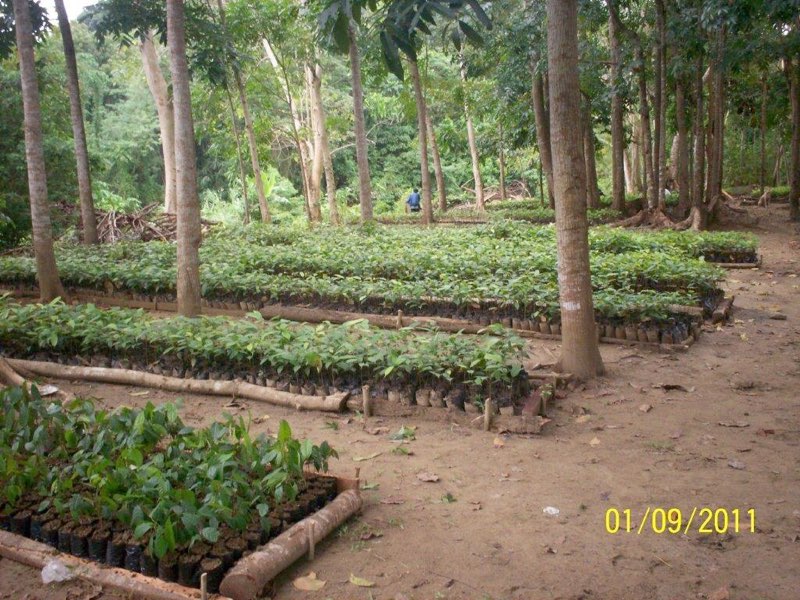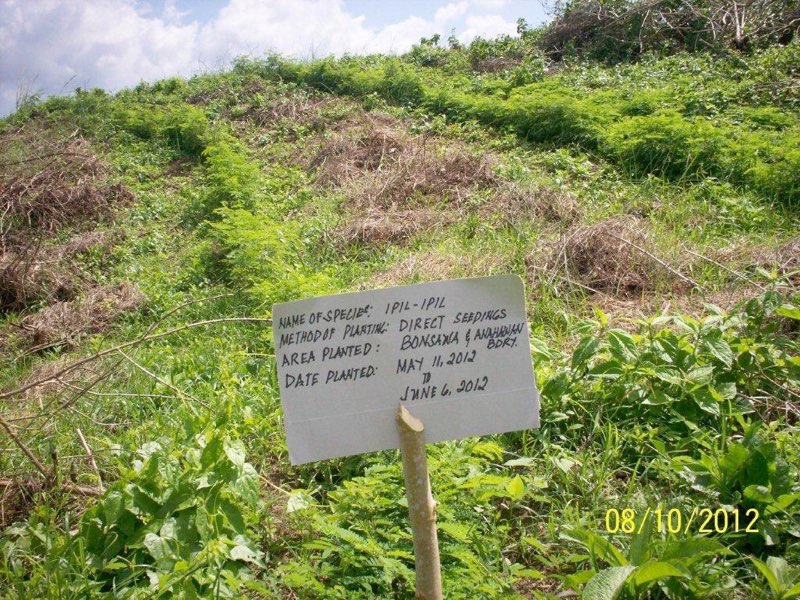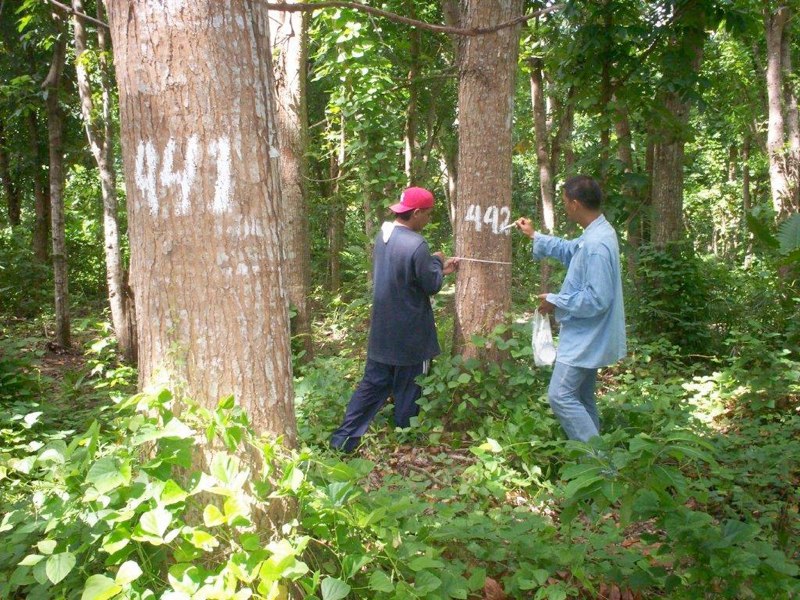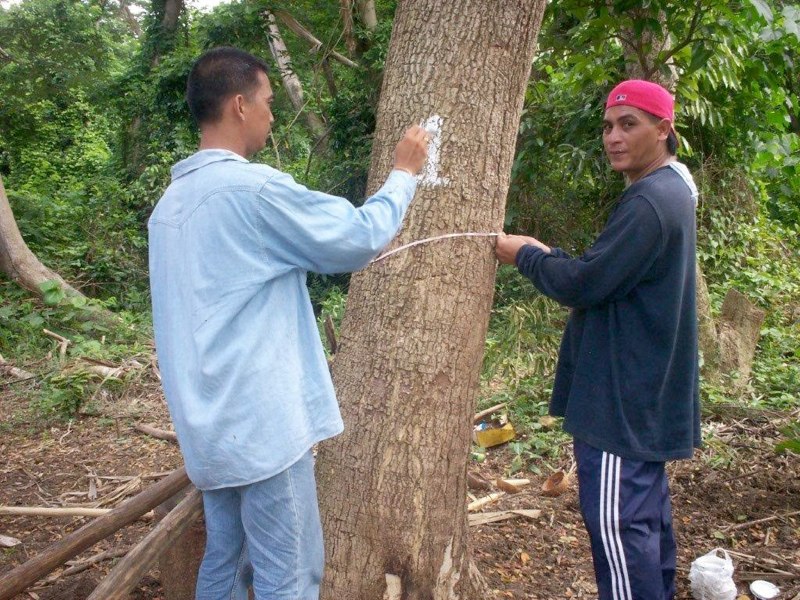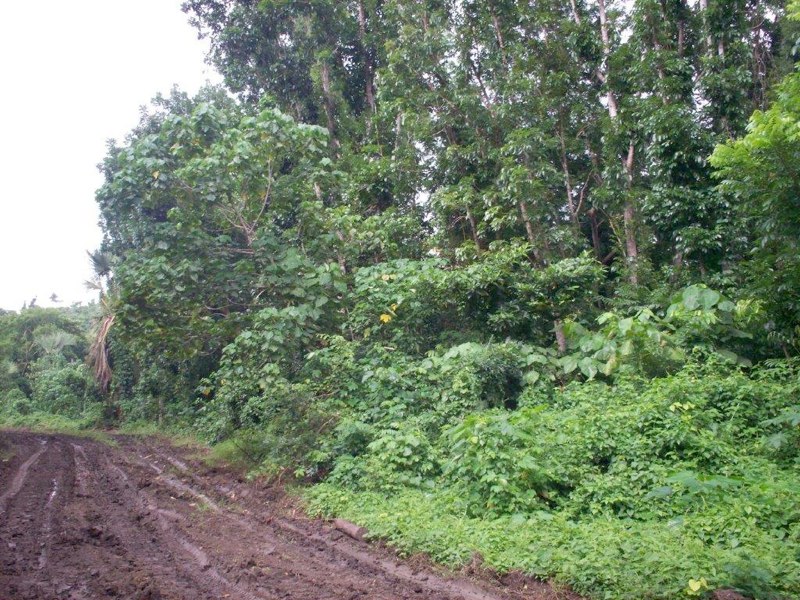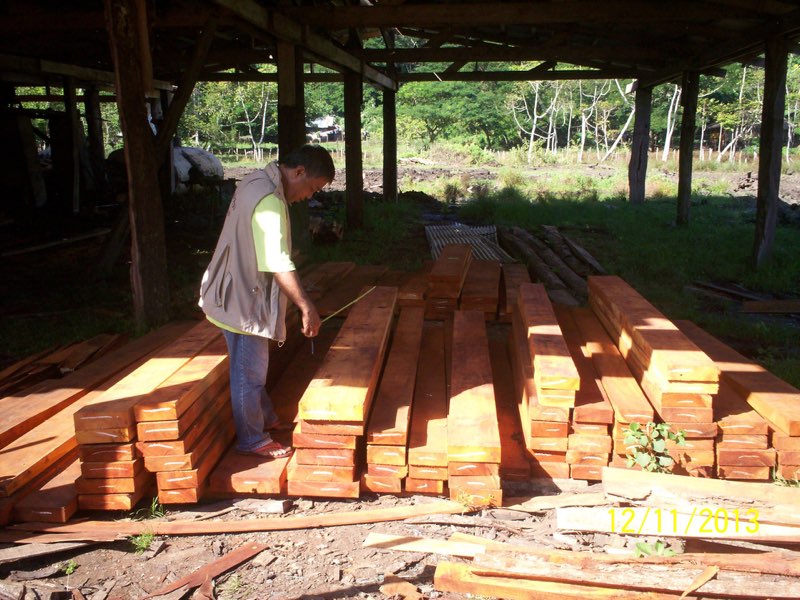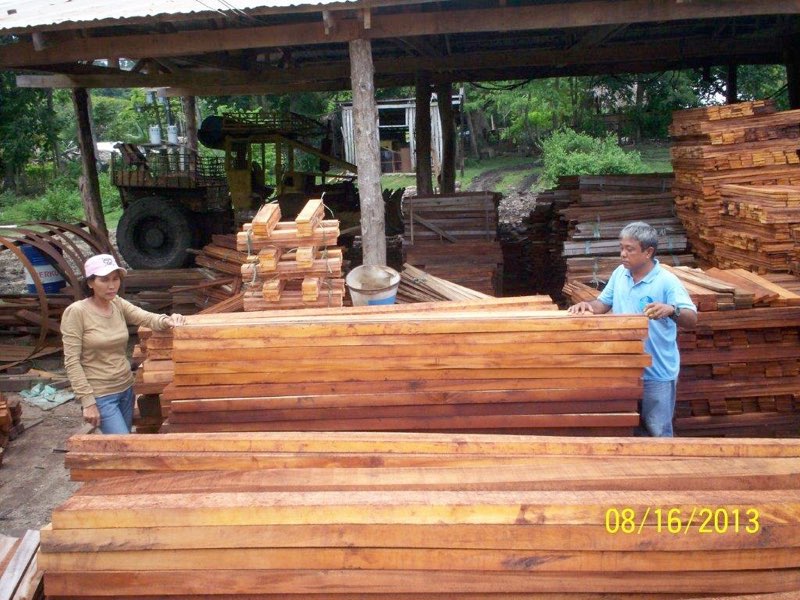Rose Industries Agroforestry Project
The agroforestry project that originates the product featured on this website spans over 5,000 acres of land in the Philippines, and began in 1983 with a tree planting initiative to supplement the parcels of virgin forest on the property. This project has the distinction of being issued the very first Private Forest Development Agreement of its kind in the country by the Philippine Department of the Environment and National Resources (DENR). Since that time, the Rose Industries Agroforestry project has been audited on an annual basis by DENR officials who catalog all of the planted forests, inventory nursery and seedling propagation, and provide technical assistance and guidance.
This forestry program represents one of the largest standing Honduran Mahogany (Swietenia Macrophylla) plantations in Southeast Asia, and is supported through internal propagation, harvesting and milling capabilities which comply with the standards of sustainable forestry and allow for an intact chain of custody to the end consumer. In addition to Mahogany, significant numbers of Acacia (Samanea Saman) and Giant Ipil-Ipil (Leucaena leucocephala) trees have been established, as well as other native and transplanted species such as Teak (Tectona grandis), Narra (Pterocarpus indicus), and Spanish Cedar (Cedrela odorata). To date, this initiative has accounted for the planting of over 10 million trees of different species, all tracked and registered, over more than a 30-year span.
This project continues to achieve its goals of creating local economic benefit through job creation, while facilitating protected, self-sustaining and bio-diverse forest areas that will exist for many generations.
Gallery
TREE NURSERY & PLANTINGS
In order to enhance the natural distribution and propagation of the different species trees, existing forest areas are supplemented, and new forests are created using trees raised both in the nursery and direct seeded in existing open space.
STANDING FOREST AND LOGGING
Here are some photos of the standing forest areas and logging operations of the agro-forestry project. Because the mill is centrally located to the forest areas, the transportation of logs is handled individually with the use of specially modified tractors.
MILL OPERATION
The sawmill is co-located with the agro-forestry project, and allows for quick transport and yield maximization from each tree. In addition to the board lumber that is produced, we are able to utilize all the different pieces of each tree for the production of items such as stickers and charcoal, leaving a clean forest floor after harvest.



